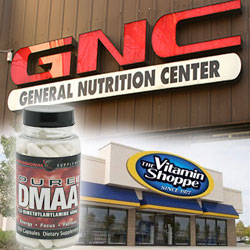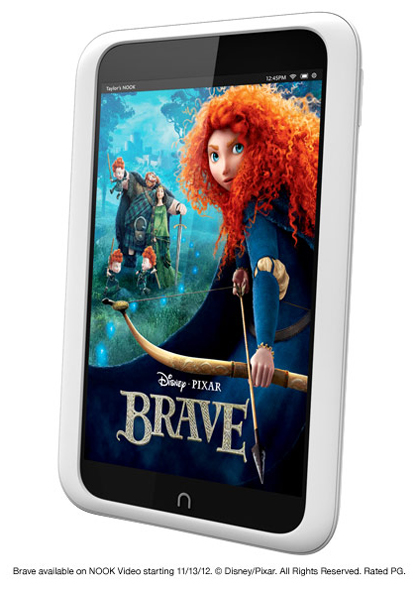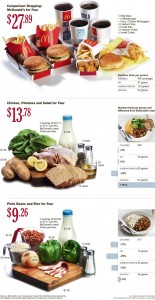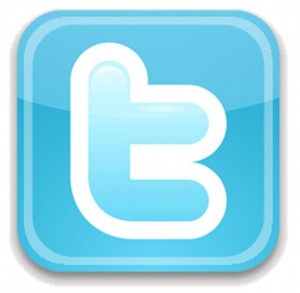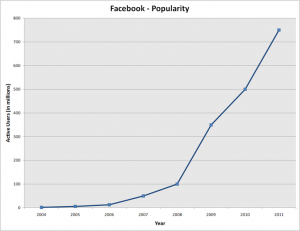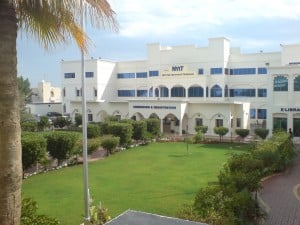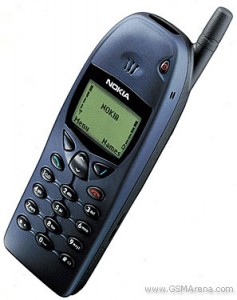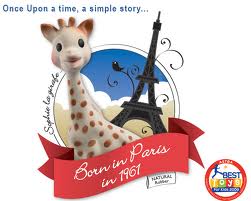http://online.wsj.com/article/SB10001424052702303644004577525201570340094.html
As we all know, GNC (General Nutrition Center) and Vitamin Shoppe are two of the largest over the counter supplemental manufacturers and carriers; but some of us may not know that they are being targeted by the FDA (Food and Drug Administration) since they began carrying something called DMAA (DMAA is found in Geranium oil, which is found in flowers). (Lahart) The bodybuilding world is always looking for new and improved products to create high adrenaline, intensity, and energy. Most people that come to GNC are searching for something to either get them bigger with muscle mass or smaller to look more chiseled and defined. The DMAA ingredient can do both of those, its that type of uniqueness that will separate it from other drugs by spiking up the energy and adrenaline through the roof whilst narrowing your blood vessels and increasing the blood flow to the muscles. And it has helped GNC and Vitamin Shoppes stocks skyrocket.
The issue comes in the fact of natural occurrence. GNC and Vitamin Shoppe are claiming that DMAA (1,3-Dimethylamylamine- also meaning Geranamine) is a naturally occurring substance that is found in a Geranium oil in a flower base. (Lahart) The FDA is cracking down on GNC and Vitamin Shoppe for carrying the suppliers (such as USPlabs, Muscletech, Cellucor, and etc.) that have no evidence that it is a safe product and that it is actually found in flowers. (Lahart) USPlabs went out of there way to create a website saying that DMAA is safe and naturally made (the website can be found at http://usplabsdirect.com/dmaa-research) I know that it might not sound like a big deal, but you need to understand that if a dietary supplemental is not found to be created naturally, the FDA can say that it needs their approval since it is a ‘pre-market product’ and not a dietary ingredient. Once that takes place they can take over that product and recall it from all shelves in the nation since it is a ‘pre-market product.’
The FDA did research in four different labs (3- domestic and 1-international) and found no traces of DMAA in multiple samples of Geranium oil. (Lahart) A lot of the suppliers that GNC and Vitamin Shoppe are carrying have rebelled against the FDA by providing their own research taken from their labs. But for now, the FDA is just frowning on the product (which I have to say to most of my customers at GNC if there hesitant on getting one of the awesome products that carry DMAA). Unfortunately, I feel that most products that still carry DMAA at GNC or Vitamin Shoppe (Especially at my GNC store) are in the decline period of of the product life cycle. I don’t believe that it’s in its decline because it can’t offer the organization anything anymore, but the FDA is pressing down so hard on any DMAA products that it’s getting harder to carry them with all the rules and regulations.(Operation’s Management textbook, CH. 5 Figure 2.5) (PPT Ch.5 Slide 11)
Do you think the FDA is doing right by pressing down on an active ingredient just because they suppliers cant claim that it is naturally made? Would you take a product that wasn’t naturally made? Even if it is not naturally made, do you think it should still be on the market and not taken off like ephedrine and steroids were? Do you agree with the fact that it should be kept on the market and that it should be left up to the people to take it or not? Is GNC, Vitamin Shoppe and the FDA being ethical and moral about this issue?
